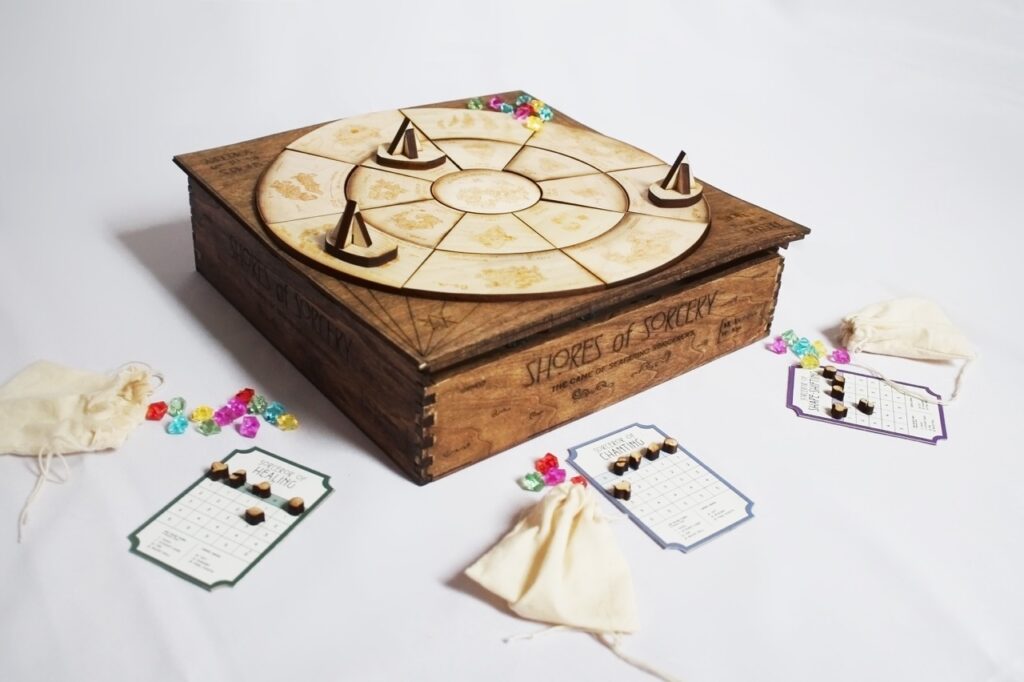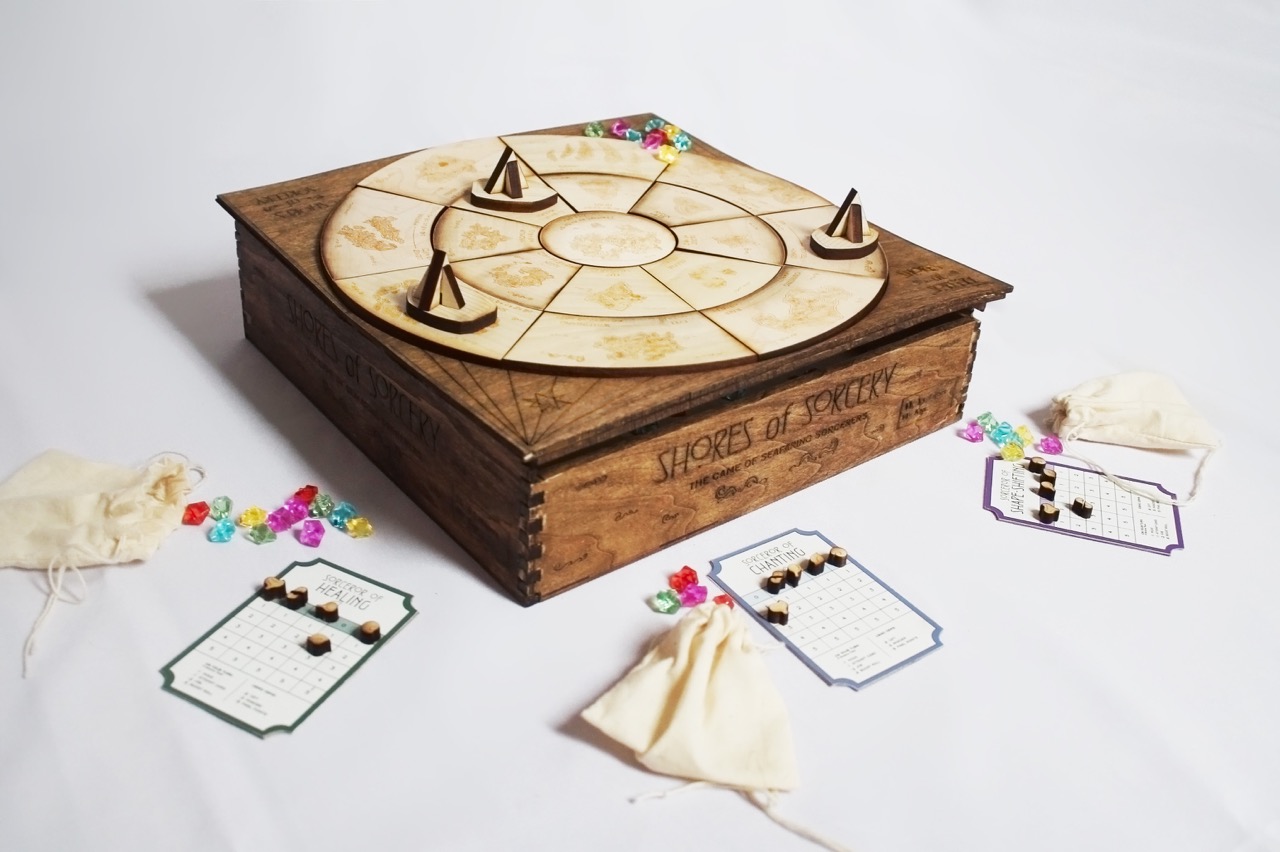SHORES OF SORCERY
Art Direction:
Paul Kepple
Illustration, Product–Design, Packaging
A whimsical wooden board game with 5 sorcerors and rotating magical islands, with a goal to increase one’s magical skills and win cards. Inspired by the Earthsea book series, the process involved play testing, creating consistent illustrations and themes throughout all play-pieces, laser cutting on wood, and constructing a box for all the pieces. In an effort to lean away from colonialist maps, I took inspiration from other fantasy worlds, as well as utilizing word association and mind-mapping in conceptualizing the imagery.
BACKGROUND
Summer after summer of getting lost in a board-game, having magical duels based on books we read, and following footpaths into the Blue Ridge Mountains, the game Shores of Sorcery was born. A world inspired by the numerous fantasy worlds my brothers and I discovered as kids.
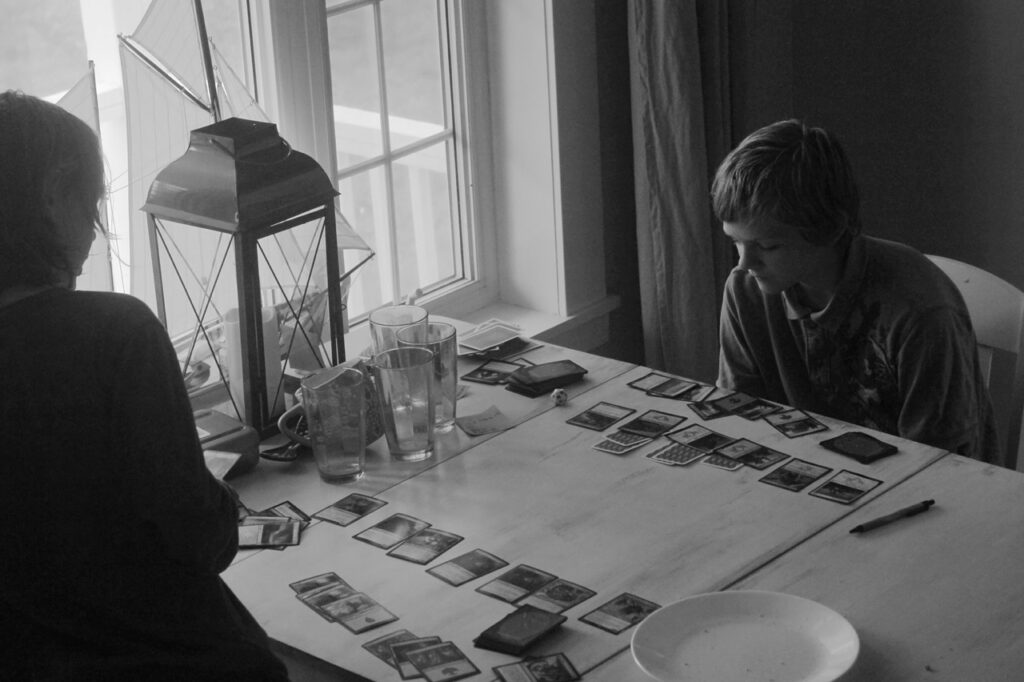
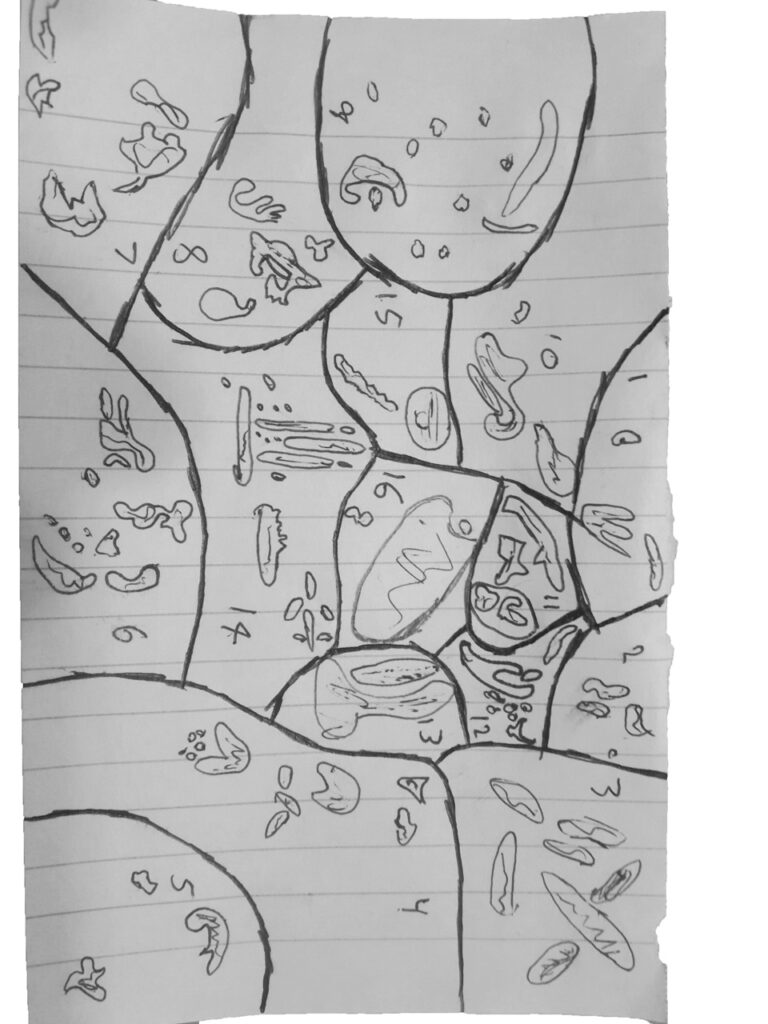
SHORES OF SORCERY
Shores of Sorcery is a strategic board game set in a world of magical islands, each containing one or two special cards vital to the magic life of each island. These cards are able to be passed down to the sorcerer who can prove themselves worthy of the additional powers through strategy and a bit of luck. On a turn, players have the option to move around the board, increase their magical skills, or try and win cards. Each island has its own game tile and a corresponding card that represents creatures, plants, and characters vital to the magic that each island carries.
Cards are worth different amounts of points and take different amounts of magic skill within five types of power to attempt to win the card. The board comes with 17 tile pieces, two affixed to the board. There is a central island with an inner and outer ring of islands. The outermost ring rotates after every player has taken their turn in that round. The goal is to gain as much influence as possible before the game ends, which is nine rounds or one full rotation of the outermost ring of islands. After the nine turns the total amount of magical power gained by each player is summed and the player with the most points wins.
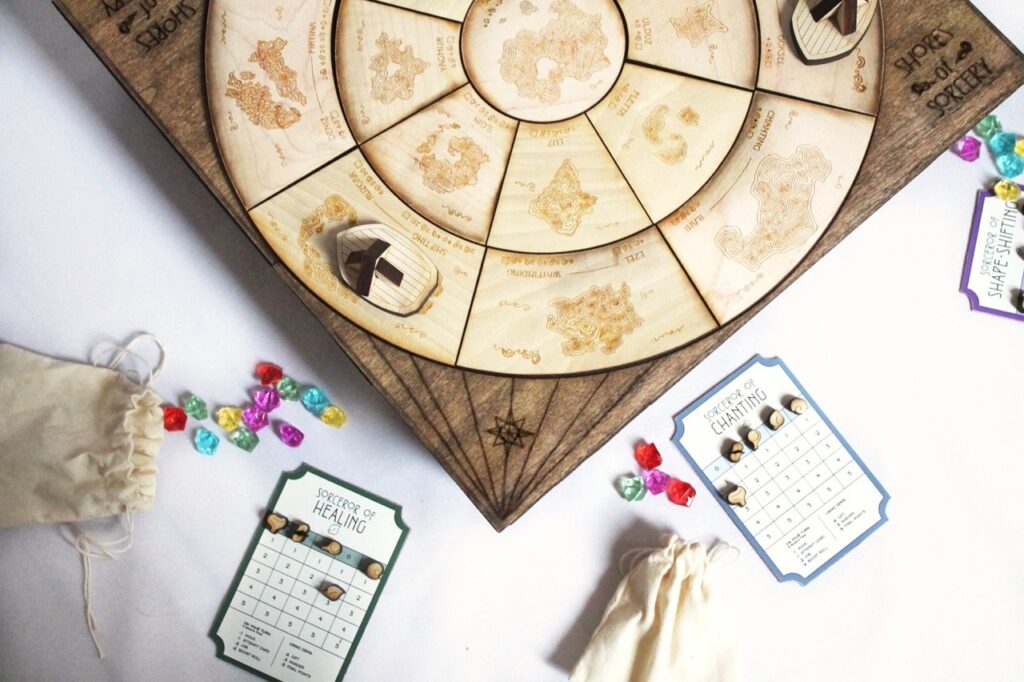
INSPIRATION
Inspired by the Earthsea series, the author of the book, Ursula Le Guin criticizes “what she described as the general assumption in fantasy that characters should be white and the society should resemble the Middle Ages.” In creating a map-style board game I wanted to lean away from colonialist style maps, and focus heavily on the fantasy aspect – drawing inspiration from Charles Vess, J.R.R. Tolkien, and the whimsical Miyazaki films.
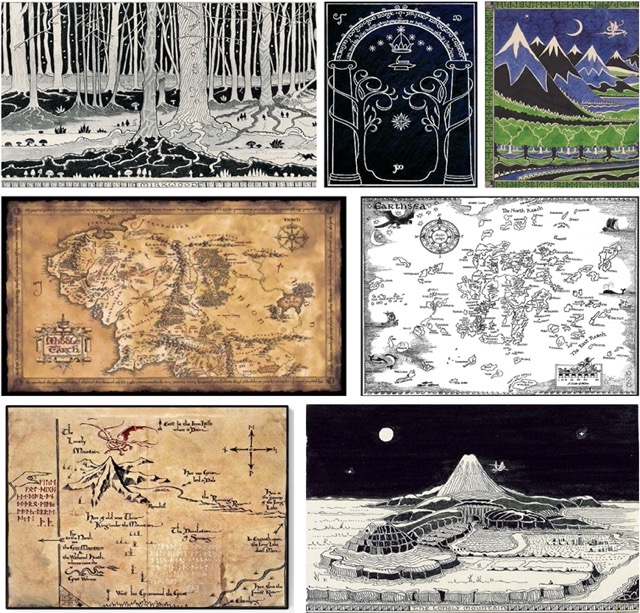
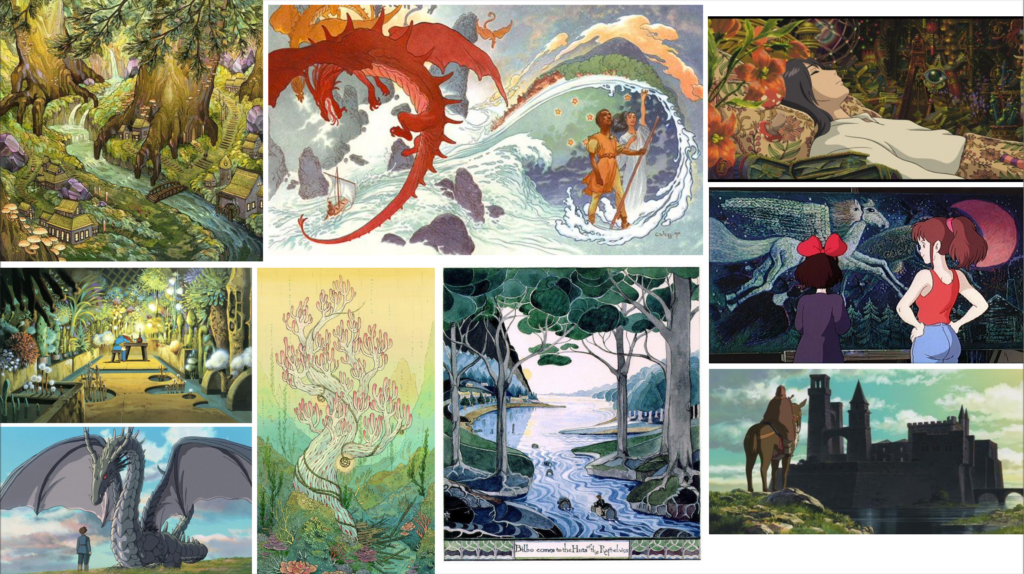
PROCESS
- Playtesting game-seeing which pieces need to be added/placement of cards and items seeing how big cards/players should be.
- Researching game themes and how to translate them to contemporary illustrations. Creating consistency throughout all game elements.
- Construction of box and printing all elements.
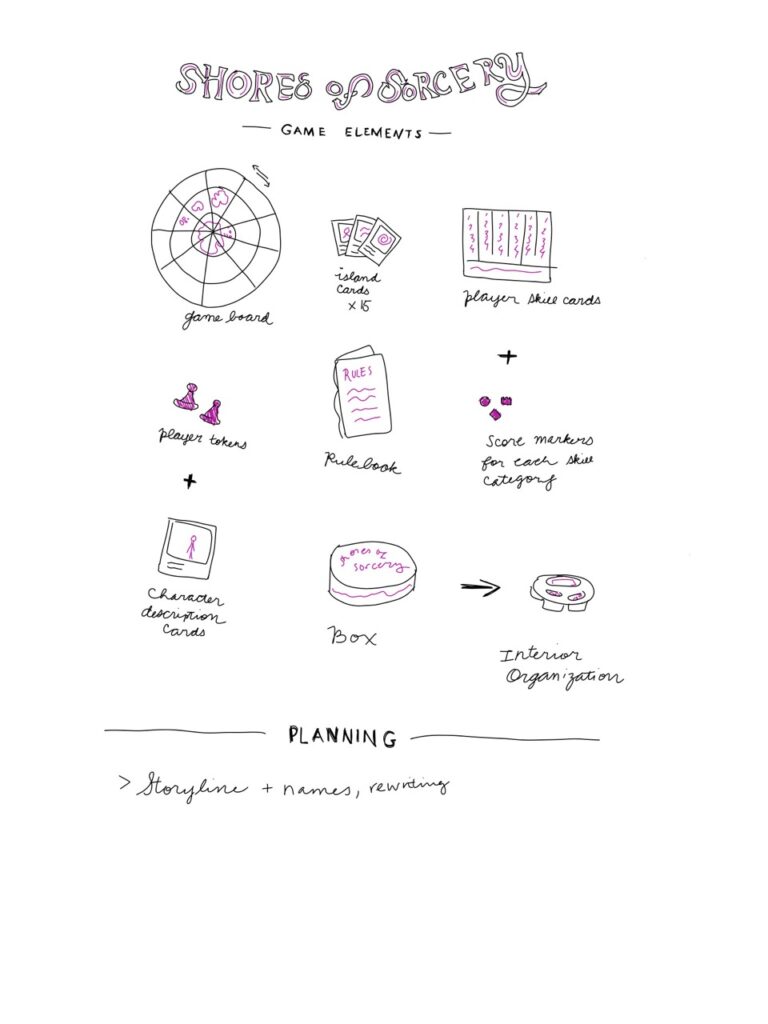
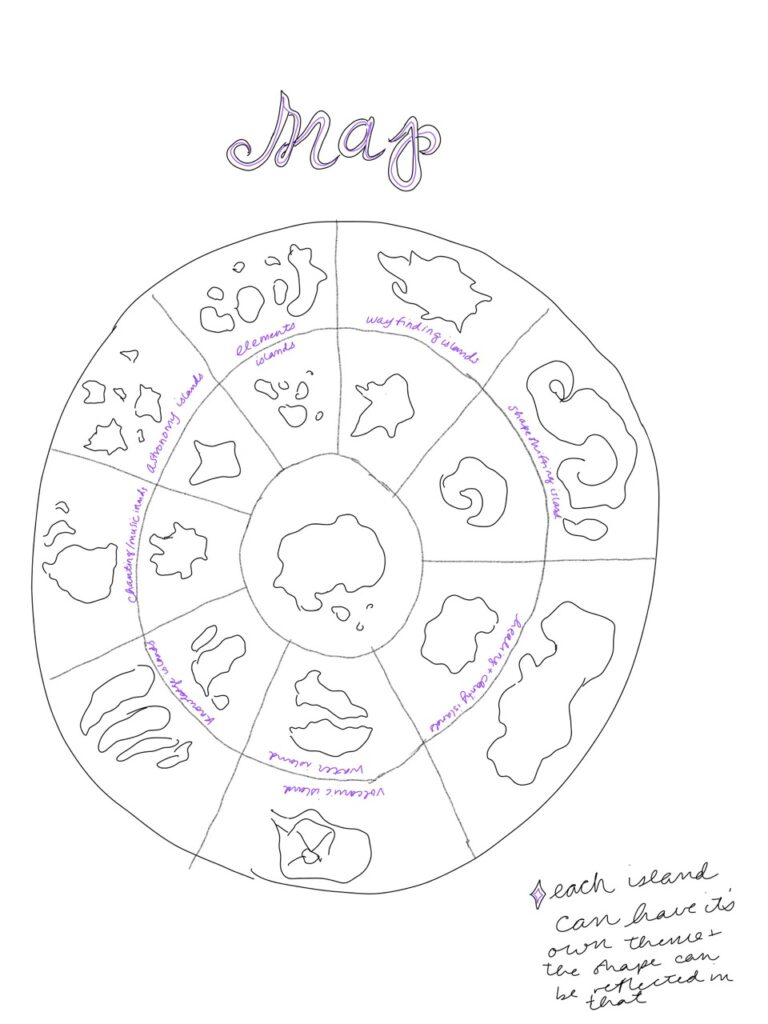
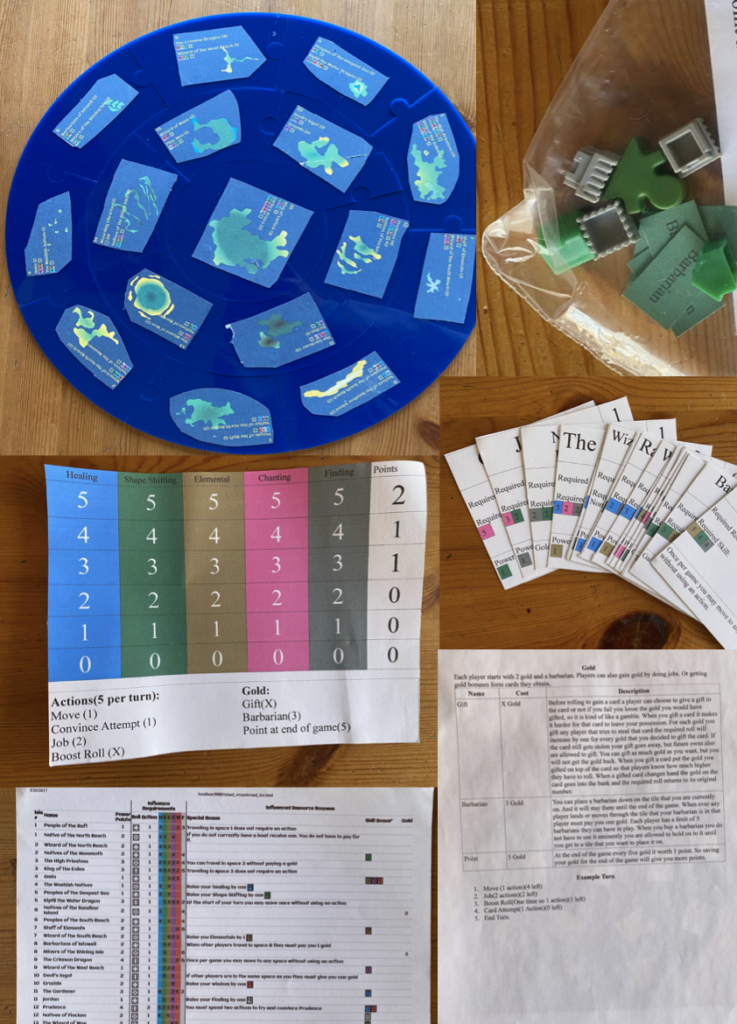
Luckily for me, the concept and game play had already been created, all that was missing was the design. I began by creating the map, since that is what makes up the game board, and would inform design choices in other game elements. I wanted to create something that wasn’t based on a real-world map, without any sort of colonial implications, that offered a more magical feel. I turned to word association and mind-mapping as a way of image making to design each of the islands. For example:
Shape shifting island- a swirling shape, rounded corners
Water island- river veins, water droplet
I chose a topographic style which led to utilizing line-work illustrations throughout the game.
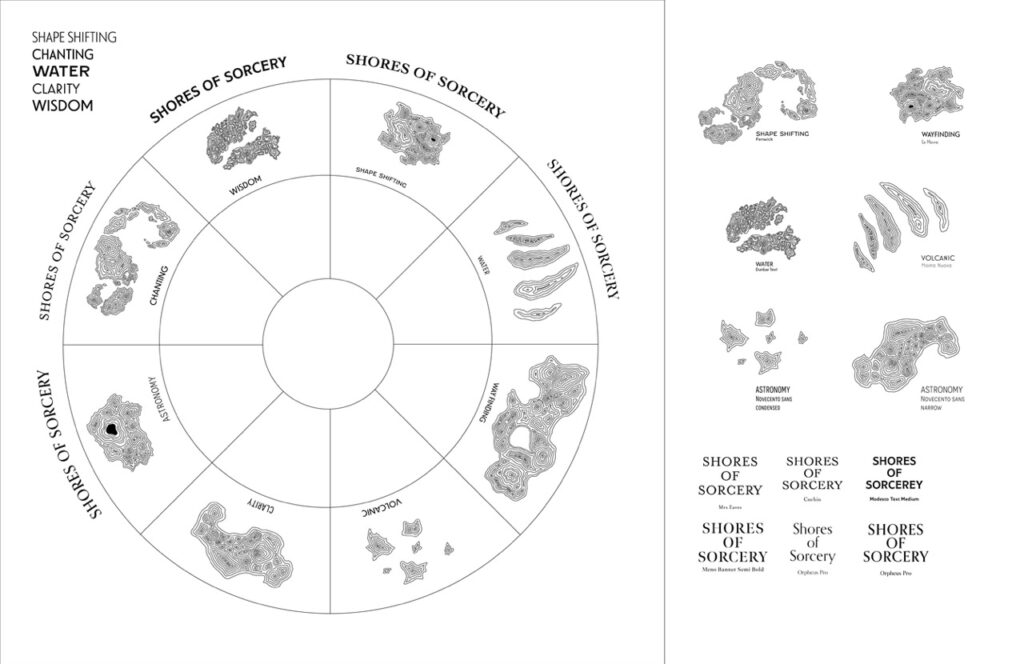
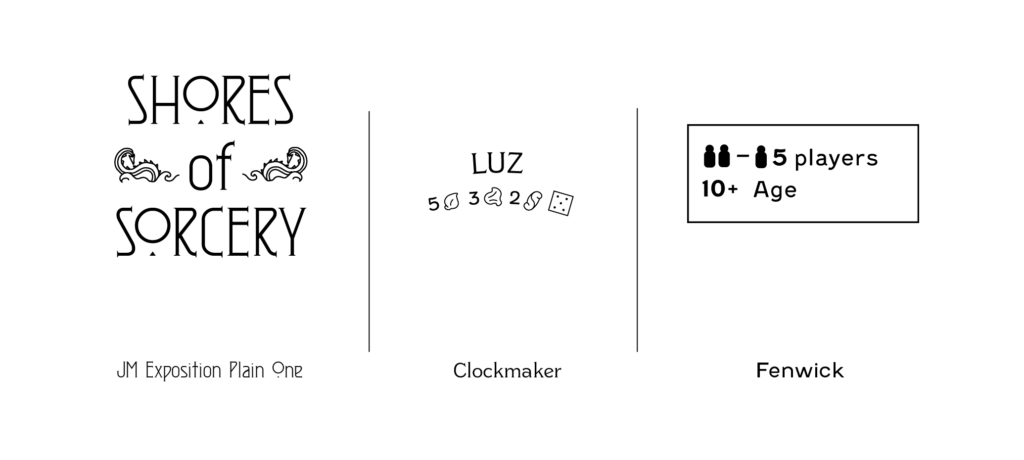
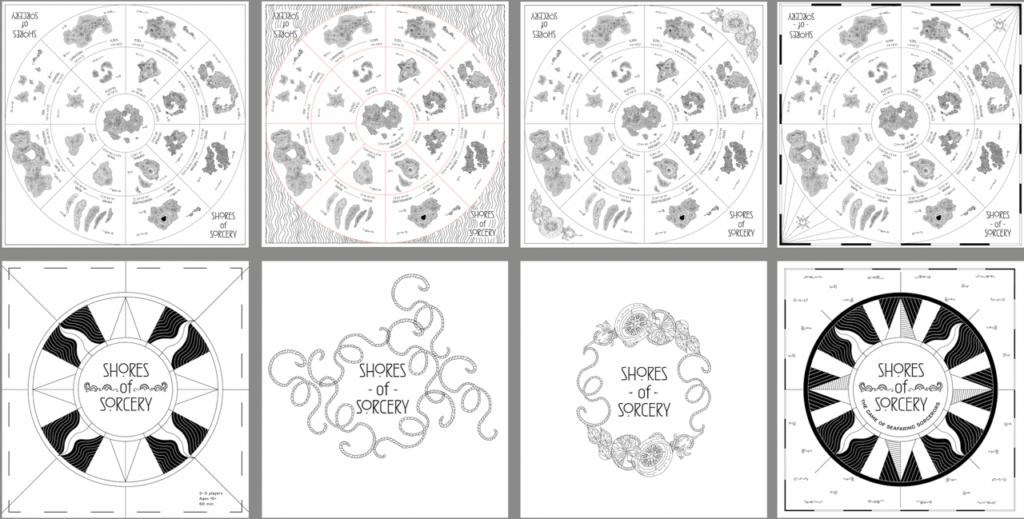
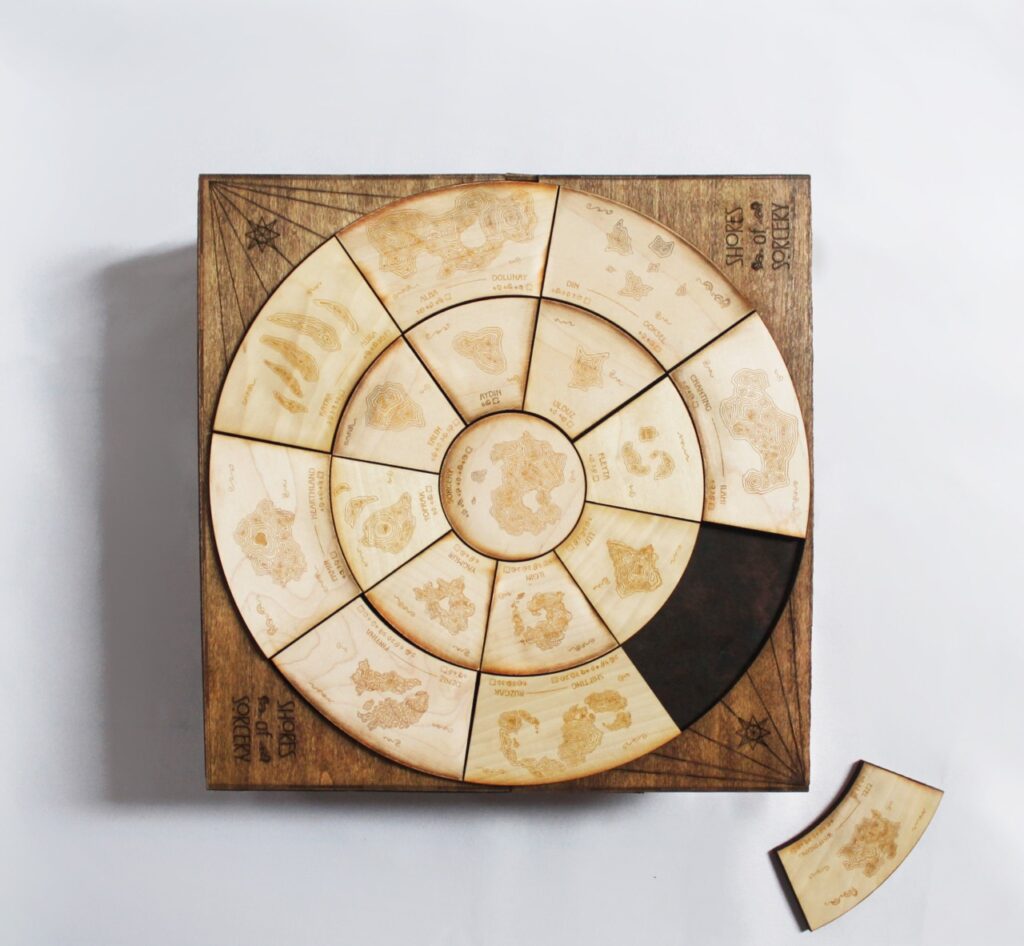

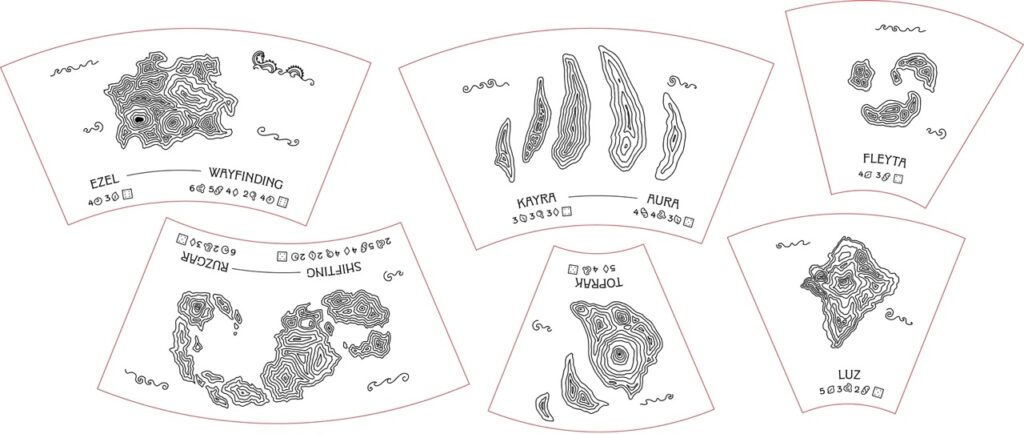
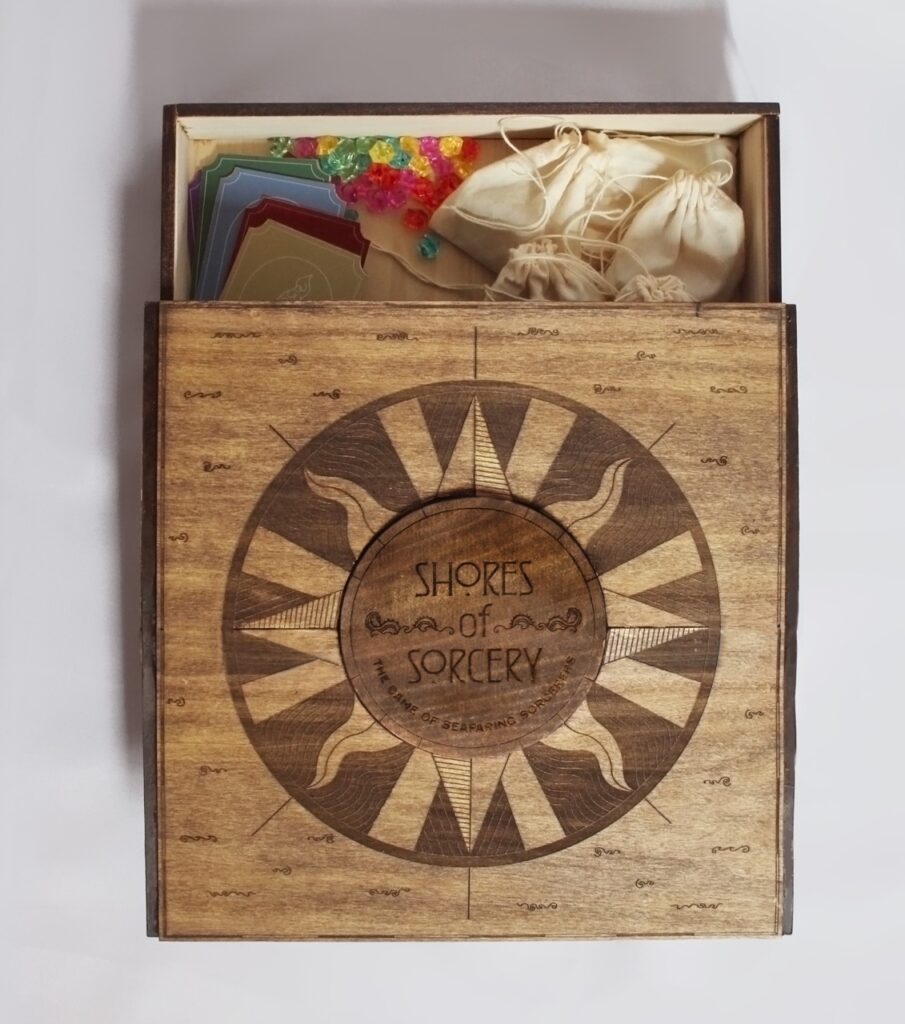
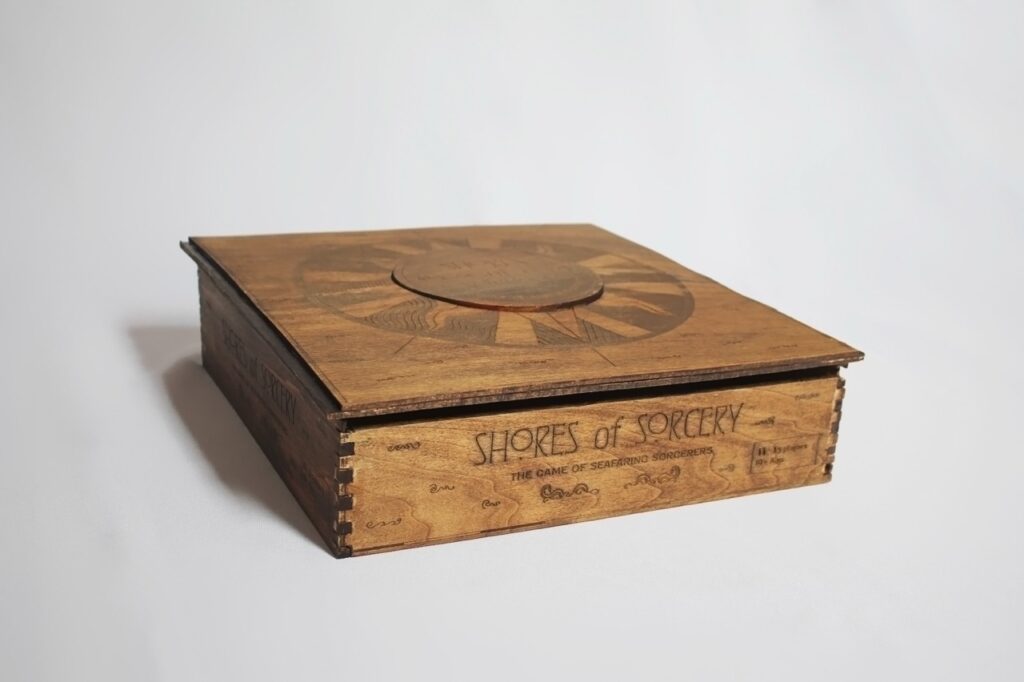
I used Maple, and Pine wood. I chose Maple for the board pieces since it’s a hardwood that won’t lose the fine detail, and Pine wood for the box since it stains well.
Working with wood allowed for an opportunity of including different thicknesses of the pieces. I wanted the board pieces to stand higher than the game board frame itself, so I opted for .75″ thickness. Instead, the board frame measured at .5″ thickness. For the box design, the lid slides out, revealing the pieces inside, and when flipped over, the board is revealed.
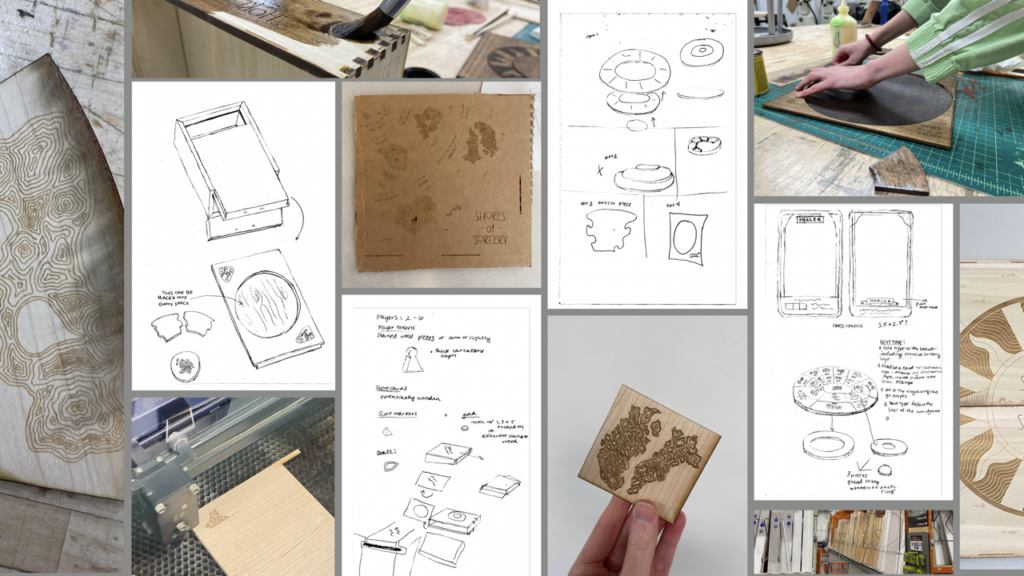
GAME ELEMENTS
- Board frame
- Board pieces (to be rotated)
- 3d character pieces
- Player cards (with different powers)
- Rulebook (not shown)
- Wooden Box
- Gems
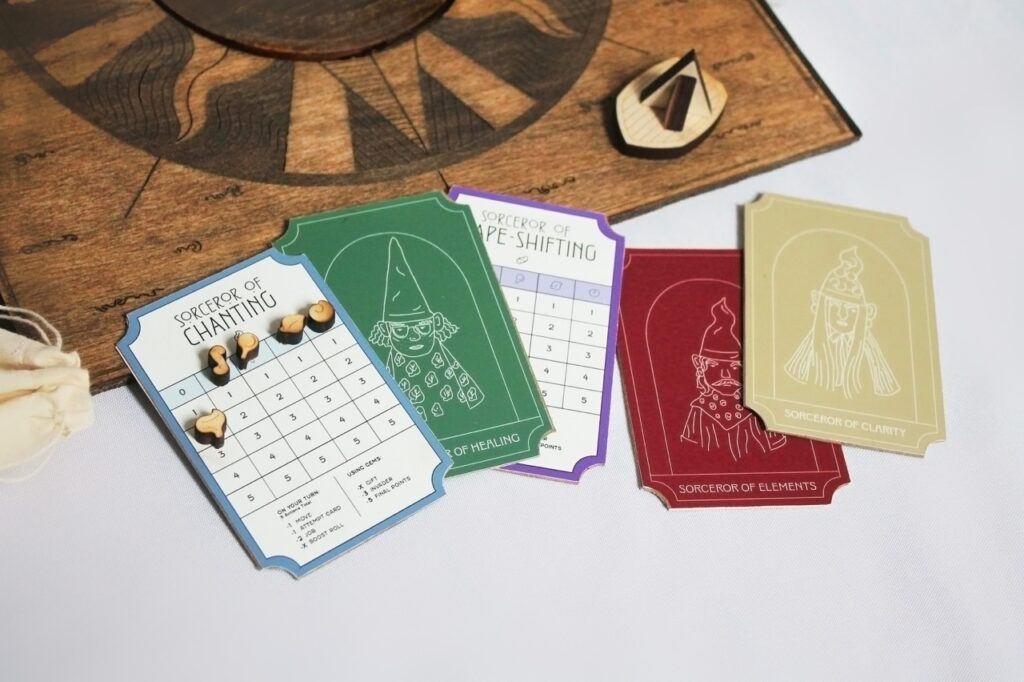

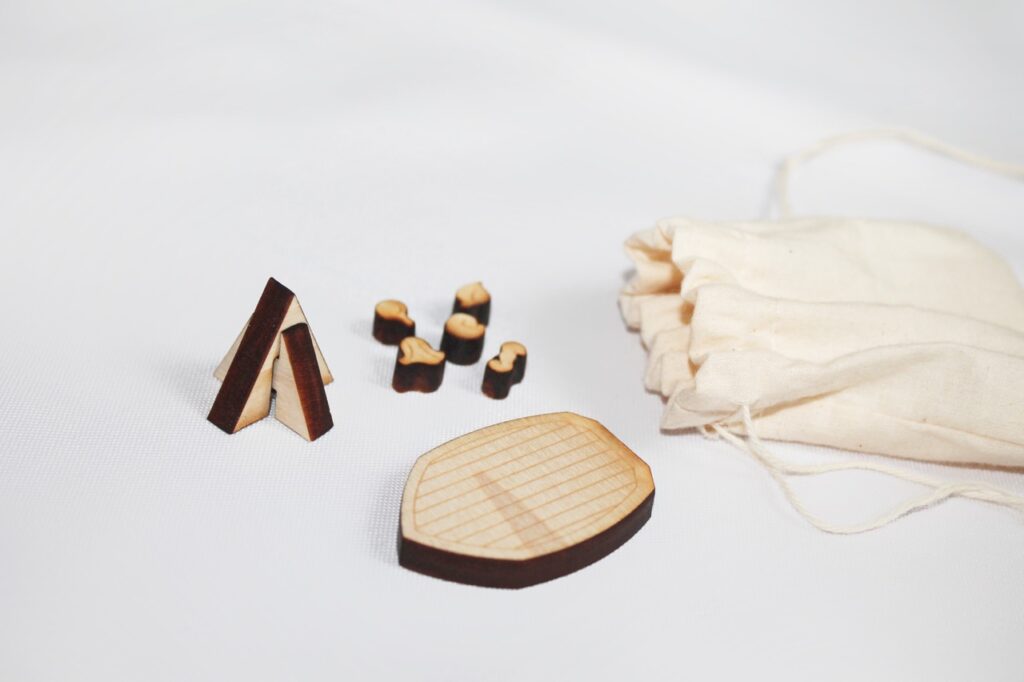
In designing the player cards, I kept the focus on line-work, as well as the whimsical quality of the game. I chose a diverse group of gnome-inspired figures-as the triangular hat shape evokes that image of a sorceror. I used the word association and mind-mapping from the board game design as a way of coming up with different outfit concepts and patterns for each of the sorcerors, and tying it into previous designs.
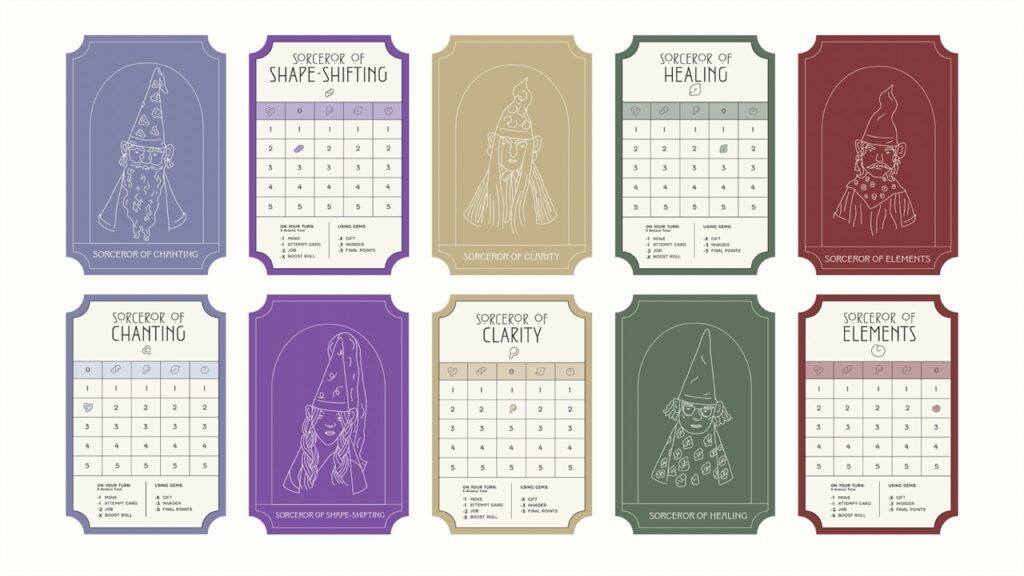
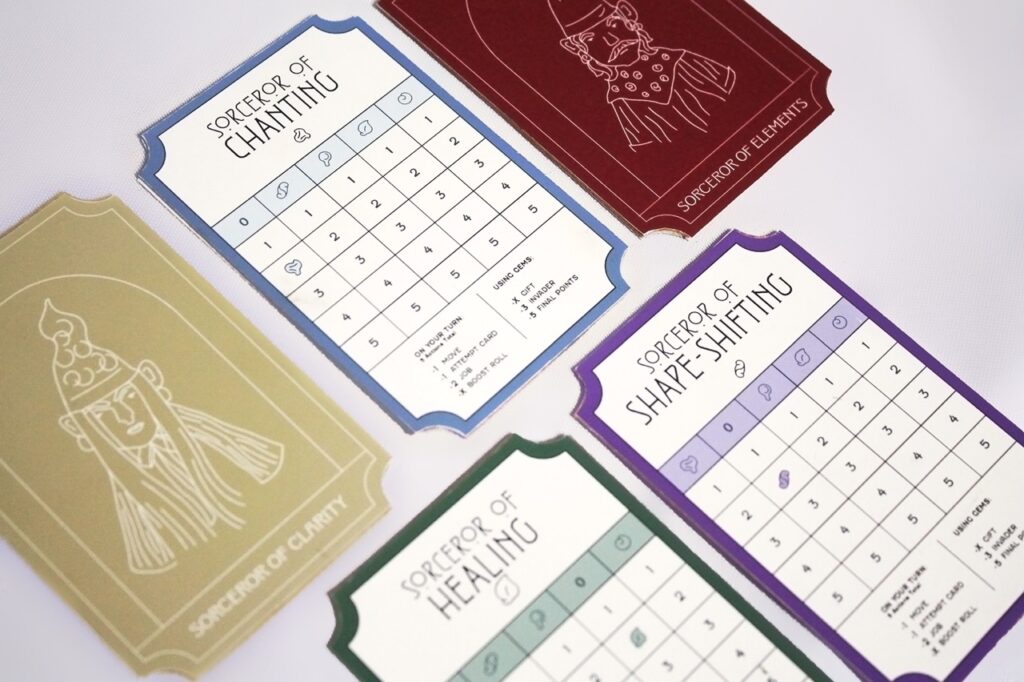
Here we have the final product: A wooden board game complete with 17 laser cut board pieces, 5 player cards, wooden player pieces and markers, and a wood stained box for storage.
